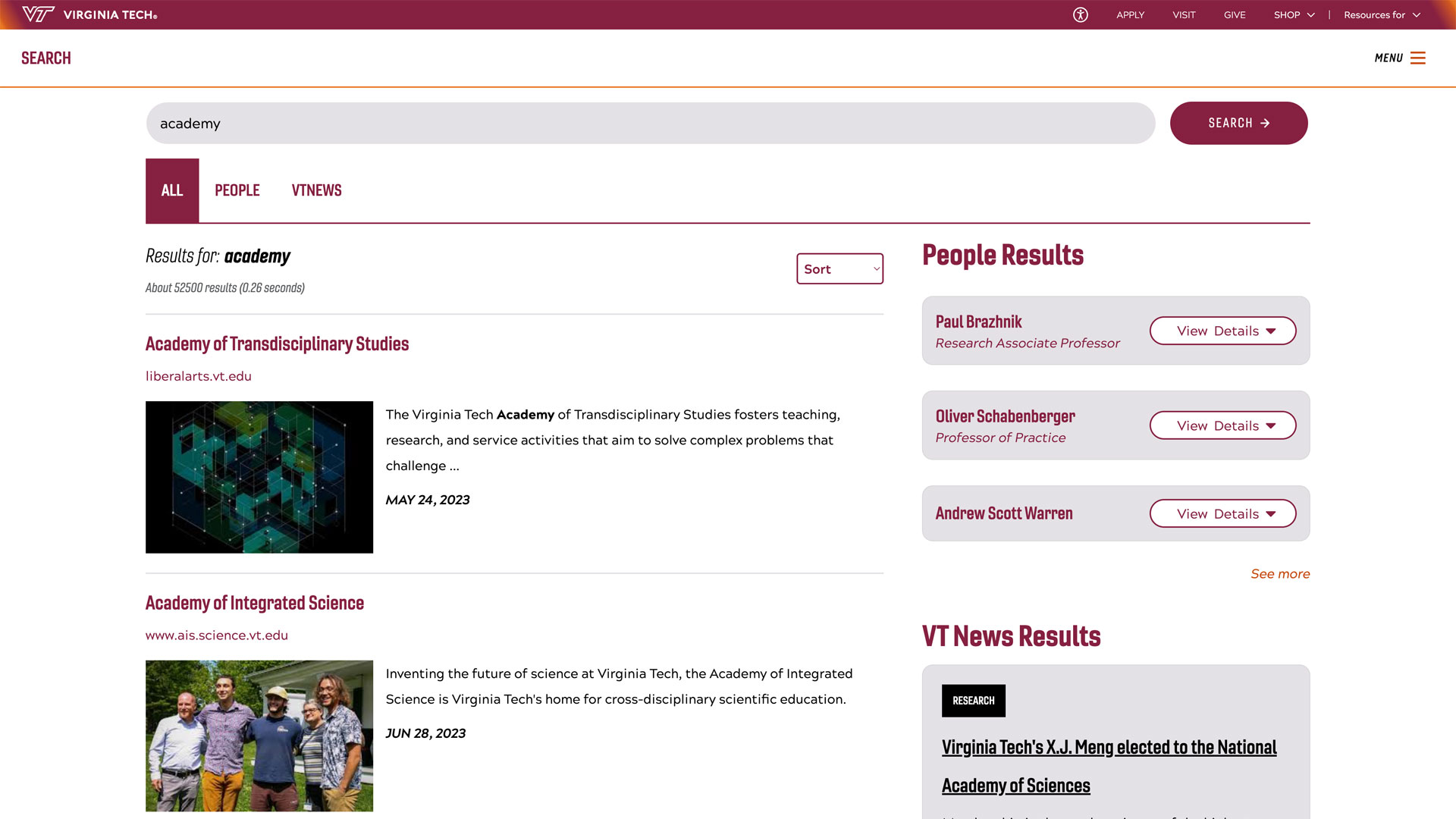From microorganisms to Mars: Undergraduate research explores how to successfully grow crops in space
With support from the Virginia Space Grant Consortium, biological systems engineering senior Jessica Dodson looks to bridge synthetic biology and space agriculture, with potential applications for NASA and climate-resilient farming on Earth.
The International Space Station. Photo from Adobe Stock

Jessica Dodson, a senior majoring in biological systems engineering, has embarked on an innovative research project that bridges the gap between synthetic biology and space exploration. Her work, supported by the Virginia Space Grant Consortium, affiliated with Old Dominion University (ODU), focuses on the resilience of microorganisms and their potential applications in enhancing plant survival in space.
Connecting with NASA
"I was really interested in recombinant DNA and genetic engineering,” Dodson said. “Within that realm, I've always been interested in tardigrades, which are these microorganisms that can survive extreme conditions like radiation, heat, and drought."
Dodson's fascination with genetic engineering and tardigrades led her to Assistant Professor Clay Wright's plant synthetic biology lab, where she was introduced to the Virginia Space Grant Consortium program. The program encourages undergraduate research that aligns with NASA's objectives, and Dodson saw an opportunity to connect her passion for genetic engineering with space exploration.
Her project involves using unique proteins found in tardigrades to create transgenic plants that can better withstand drought conditions. This research is particularly relevant to NASA, which in April 2023 failed to grow tomatoes on the International Space Station due to drought conditions.
By pretreating plant seeds with tardigrade proteins to improve their resilience and drought tolerance, Dodson's project could prevent crop failures during future long-term space missions — essential to reducing dependency on Earth-based supplies and sustaining human life in space.

Broader implications and future prospects
While the primary audience for Jessica's work is NASA, the potential applications of tardigrade research extend far beyond space exploration. Dodson noted, "Tardigrade research isn't looked at enough. There are applications to agriculture, medicine, and even military adaptations. For example, they can help stabilize vaccines and make human cells more resistant to radiation."
Tardigrades have been used successfully to improve the resilience of tobacco plants, making them more tolerant to temperature changes. This technology could be applied to other crops, leading to the development of transgenic plants that can withstand climate change and unpredictable weather patterns, potentially revolutionizing agricultural practices and increasing food security.
Additionally, the stabilization properties of tardigrade proteins could extend the shelf life of vaccines and other temperature-sensitive products, benefiting both the agricultural and medical fields.
Reflections and advice
Reflecting on her journey, Dodson emphasized the importance of pursuing interests and finding supportive leaders and friends. She encourages others to explore interdisciplinary connections and to not be deterred by seemingly unrelated fields. Her enthusiasm for research and the support she received highlight the value of curiosity and perseverance as part of an undergraduate education.
Dodson is optimistic about the potential impact of her work. The Space Grant program has provided a platform to explore innovative solutions to real-world problems, bridging the gap between synthetic biology and space exploration.
"I have an upcoming service obligation with the Navy, but I'm looking into doing a doctorate later on or pursuing microbiology with research similar to this," she said. "It's exciting to think about the future possibilities."




